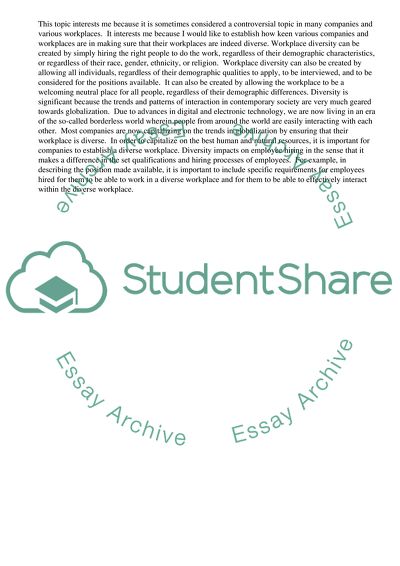Cite this document
(Managing a Diverse Workplace Research Paper Example | Topics and Well Written Essays - 2250 words, n.d.)
Managing a Diverse Workplace Research Paper Example | Topics and Well Written Essays - 2250 words. Retrieved from https://studentshare.org/management/1754700-managing-a-diverse-workplace
Managing a Diverse Workplace Research Paper Example | Topics and Well Written Essays - 2250 words. Retrieved from https://studentshare.org/management/1754700-managing-a-diverse-workplace
(Managing a Diverse Workplace Research Paper Example | Topics and Well Written Essays - 2250 Words)
Managing a Diverse Workplace Research Paper Example | Topics and Well Written Essays - 2250 Words. https://studentshare.org/management/1754700-managing-a-diverse-workplace.
Managing a Diverse Workplace Research Paper Example | Topics and Well Written Essays - 2250 Words. https://studentshare.org/management/1754700-managing-a-diverse-workplace.
“Managing a Diverse Workplace Research Paper Example | Topics and Well Written Essays - 2250 Words”, n.d. https://studentshare.org/management/1754700-managing-a-diverse-workplace.


